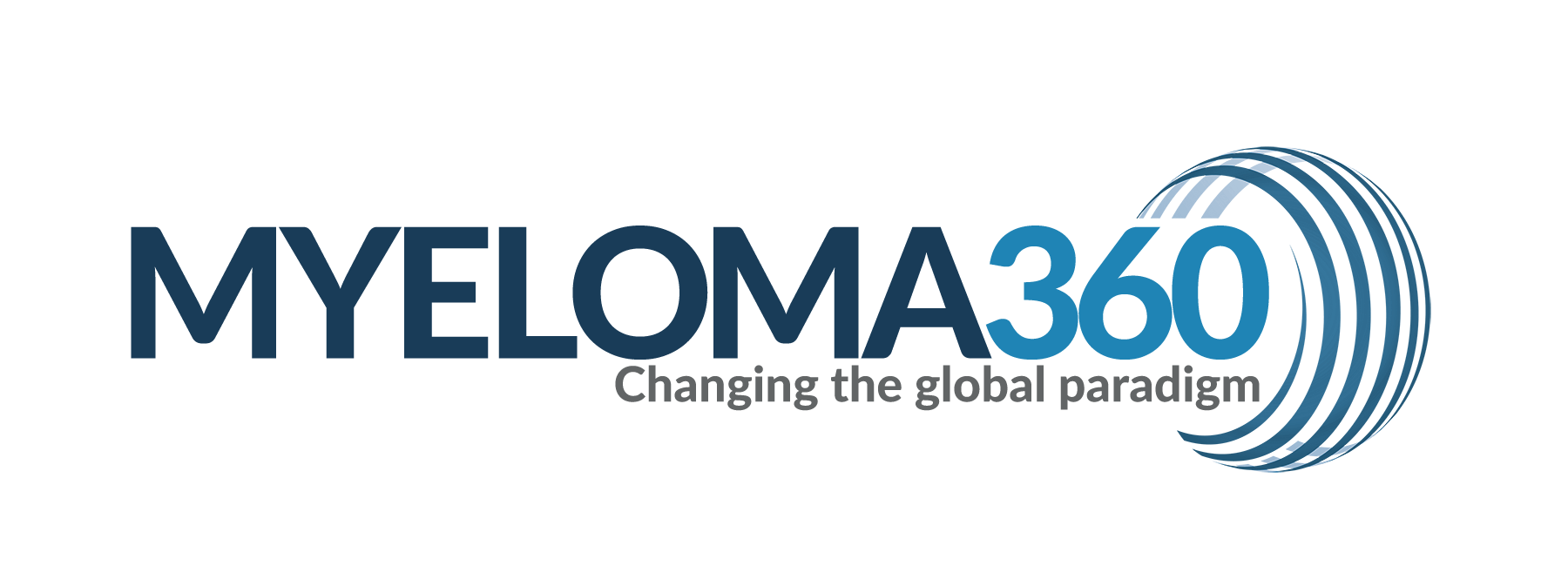OPTIMISMM: Phase 3 Trial of Pomalidomide, Bortezomib, and Low‐Dose Dexamethasone vs Bortezomib and Low-Dose Dexamethasone in Lenalidomide-Exposed Patients with Relapsed/Refractory Multiple Myeloma
Author(s): Paul Richardson , Albert Oriol Rocafiguera , Meral Beksac , Anna Marina Liberati , Monica Galli , Fredrik Schjesvold , Jindriska Lindsay , Katja Weisel , Darrell White , Thierry Facon , Jesus San Miguel , Kazutaka Sunami , Peter O’Gorman , Pieter Sonneveld , Pawel Robak , Sergey Semochkin , Steve Schey , Xin Yu , Thomas Doerr , Amine Bensmaine , Tsvetan Biyukov , Teresa Peluso , Mohamed Zaki , Kenneth Anderson , Meletios Dimopoulos
The OPTIMISMM study is the first Phase 3 Study to report findings for a triplet combination regimen in which 100% of patients have received prior lenalidomide therapy.
OPTIMISMM evaluated the efficacy and safety of POMALYST/IMNOVID (pomalidomide) plus bortezomib and low-dose dexamethasone (PVd) versus bortezomib and low-dose dexamethasone (Vd) in patients with early RRMM (1-3 prior lines of therapy). It is the only phase III trial to report results with a triplet combination in patients who have all received prior lenalidomide therapy. With lenalidomide becoming a standard of care, this represents a patient population for which there is a growing unmet medical need.
This global study evaluated 559 patients with relapsed or refractory multiple myeloma who had received up to three prior lines of therapy, including two or more cycles of lenalidomide treatment, who had an ECOG score of PS ≤ 2. Prior treatment with bortezomib was allowed, except for patients whose disease progressed while on a regimen containing bortezomib 1.3 mg/m2 twice weekly dosing. Patients were stratified based on age (≤ 75 years old vs > 75 years old), number of prior antimyeloma regimens (1 vs. > 1), and β2-microglobulin levels ( < 3.5 mg/L vs ≥ 3.5 to ≤ 5.5 mg/L vs > 5.5 mg/L) at screening. The median age of the patients was 67 years in the PVd group and 68 years in the Vd group.
Patients were randomized 1:1 to receive PVd or Vd. In 21-day cycles, patients received POMALYST 4 mg/d on days 1-14 (PVd arm only); bortezomib 1.3 mg/m2 on days 1, 4, 8 and 11 of cycles 1-8 and on days 1 and 8 of cycles 9 and beyond; and dexamethasone 20 mg/d (10 mg if aged > 75 years) on the days of and after receiving bortezomib treatment.
Results
Compared with Vd, PVd treatment significantly reduced the risk of progression or death by 39% and resulted in deeper responses in the intention-to-treat (ITT) population . Median PFS was 11.20 vs 7.10 months in the ITT population and 20.73 vs 11.63 months in patients with only 1 prior treatment including LEN. Data for the overall survival analysis are not yet mature.
Conclusions and Future Directions
- Phase 3 OPTIMISMM trial investigated a clinically relevant and growing patient population who received upfront LEN but for whom LEN is no longer a treatment option
- PVd significantly reduced the risk of disease progression or death by 39% vs Vd
- PFS benefit generally consistent among subgroups, includingLEN-refractory patients, prior PI exposure, and high-risk cytogenetics
- PFS advantage accompanied by earlier, deeper, and more durable responses
- PFS and ORR improvements were more pronounced in patients with 1 prior line of therapy
- Safety profile consistent with known toxicities associated with POM + LoDex and BORT therapy
- Longer treatment duration and exposure reported wit PVd vs Vd
- These result support the use of PVd in first relapse in patients with RRMM and prior exposure to LEN
- Future directions include analysis of correlatives, MRD, and QoL
